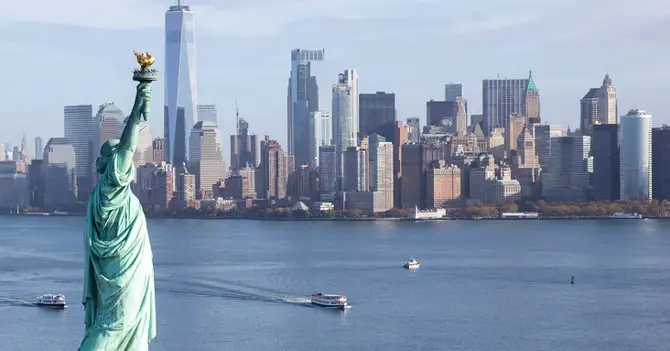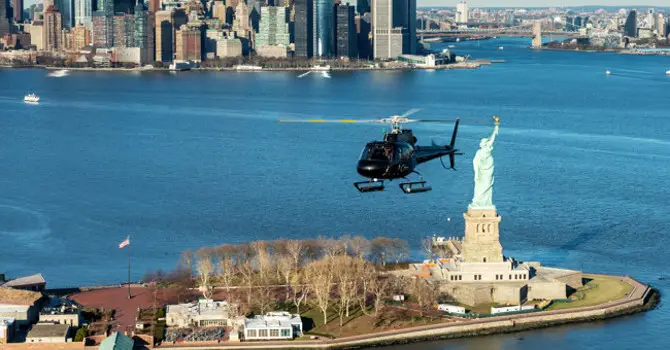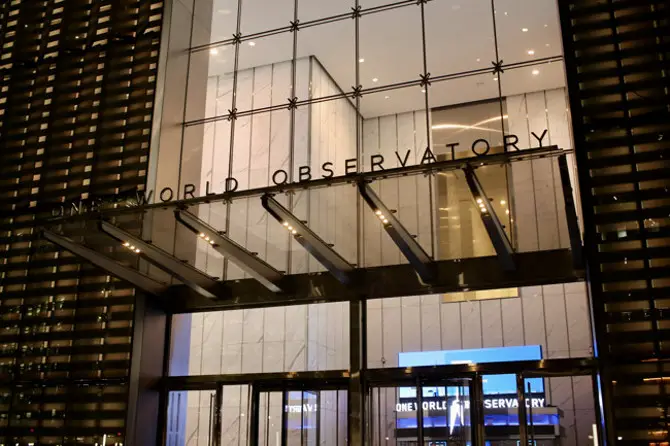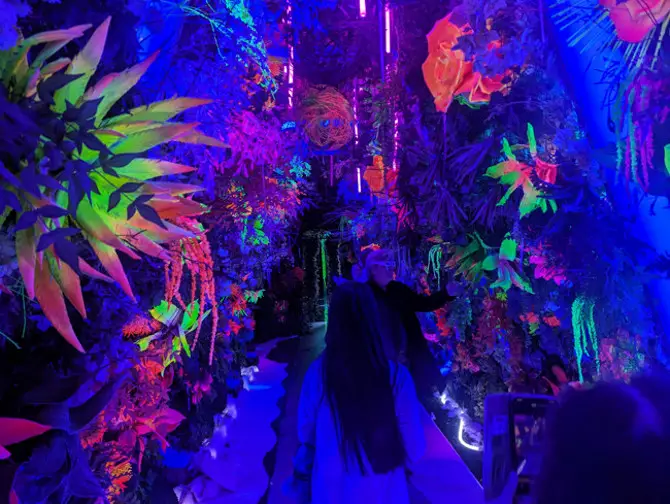One of New York's best features is the endless variety of its people. When you're ready to chill in the big city, one of the most entertaining breaks you can take is to people watch. Read on for where to park it: our picks for the best people-watching spots in New York, from museum steps to incredible public spaces.
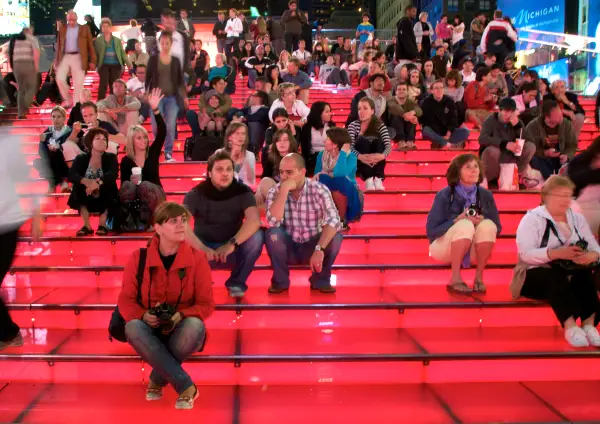
The Red Stairs of Times Square offer incredible views of the Great White Way. Mario Antonio Pena Zapatería/Flickr
Often called The Crossroads of the World, Times Square was first known as Long Acre after London’s carriage district. In the 1880s, the open space had shabby apartments around the perimeter. Electricity brought theater ads and street lights, making the area safer and more attractive. Then came the subway, bringing real estate speculation thanks to the increased foot traffic. Adolph S. Ochs, publisher of the New York Times from 1896 to 1935, selected this location to build the Times Tower, which opened in 1905. About 50 million people visit Times Square each year. It stays busy late, with over 66,000 pedestrians entering the central "Bowtie" between 7pm and 1am. Visitors can shop, eat, buy theater tickets, take a Broadway walking tour, view special events, interact with costumed characters (or not)—even arrange for a special message to be shown on one of the huge electronic signs.
The Red Stairs of Times Square are over the TKTS Broadway booth and offer a great spot for watching the world go by. This is the flagship setting of TKTS, the place to score Broadway and off-Broadway theater and dance tickets at deep discounts. To give your feet a break, find an open spot on the red translucent glass steps and get drawn into the manic energy of Times Square, along with visitors from all parts of the world. Take photos, chat, and see what other visitors to the Big Apple are up to.

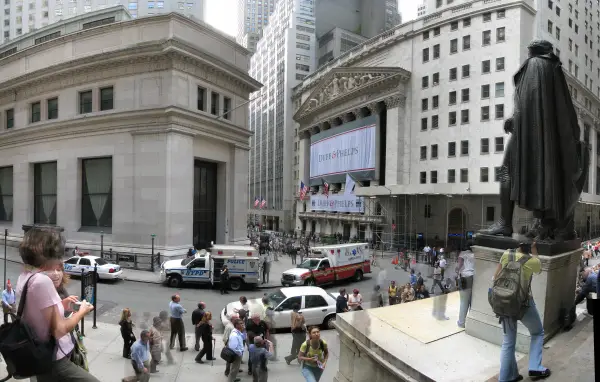
Federal Hall steps overlooking Wall Street. Michael Daddino/Flickr
Federal Hall at 26 Wall Street is technically Federal Hall National Memorial, operated by the National Park Service. The original Federal Hall was built as New York's City Hall and later served as the first U.S. capitol building. It’s where George Washington was inaugurated as the nation’s first President. The current structure was built as the country's first Customs House and opened in 1842. You'll find a gift shop and tours of the galleries, which are open daily except on weekends, Thanksgiving, and Christmas (for the summer of 2016 there will Saturday hours as well). Tours are free and wheelchair accessible.
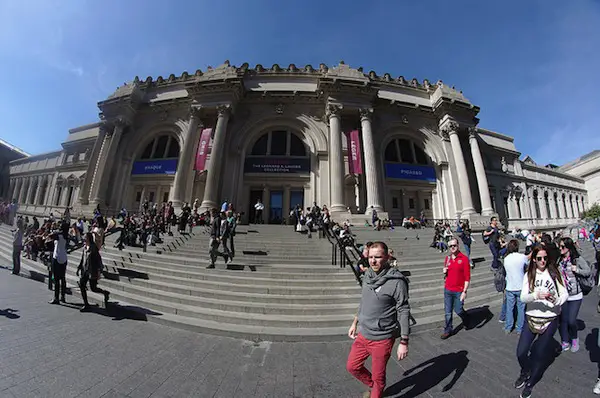
The steps outside the Metropolitan Museum of Art are a great place to people watch. flickr/Mike Steele
The Metropolitan Museum of Art opened on its current site at 82nd Street and Fifth Avenue on March 30, 1880. It's the largest art museum in the U.S., with a permanent collection of over two million works, not all on view all the time. The museum is roughly one-quarter mile long and is more than 20 times as big as the original structure. People sit on the granite steps to rest, chat, take photos, sketch, and grab food from vendors. The steps, 13 and 1/2 feet high and 154 feet long, were built in 1975 to replace a narrow stairway that led to a wooden vestibule. Musicians often hang out on or below the steps hoping that visitors will toss some cash their way; sometimes clowns, magicians, and other buskers are here. If you want to go inside, it's a "pay what you want" system with a suggested $25 admission.
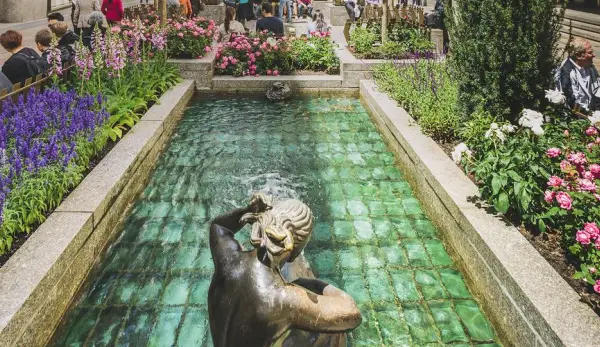
The Channel Gardens, Rockefeller Center.
Between Fifth and Seventh Avenues at 49th to 50th street lies Rockefeller Center, home to skaters gliding below flags of all nations. Look at the 18-foot-tall, eight-ton, gilded cast bronze statue of Prometheus, created by Paul Manship in 1934 and nestled into the sunken heart of the center. Prometheus brought fire to humanity (against the wishes of other gods) and accordingly gets credit for civilization and progress. The Channel Gardens lead from Fifth Avenue to the sunken area that's the ice rink in cold weather and a pleasant cafe area in summer; the gardens are lined with shops and have elaborate plantings that change seasonally.
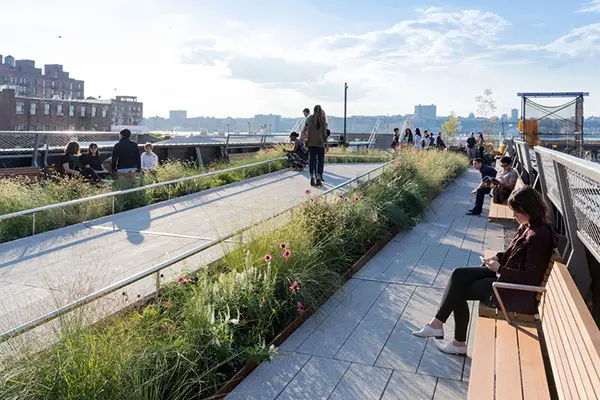
The High Line at the railyards. Photo: Iwan Baan
The first section of the High Line, a public park built on a historic freight rail line and elevated above the streets on Manhattan’s West Side, opened in 2009. The third, most northern section, opened in the fall of 2014. The whole park rambles from Gansevoort Street to West 34th Street, filled with "wild" plants and grasses with material sourced as much as possible from a one hundred mile radius. All manner of programs take place here, ranging from garden tours to theatrical performances to stargazing to early morning meditation sessions. No drinking, smoking, or biking, but you can sit on strategically placed benches or sneak a peek into apartments cozied up to the walkway. There are picnic tables and elevators at certain points of the route and you can walk as much or as little as you want—or just sit, enjoying nature and a unique look at New York City.
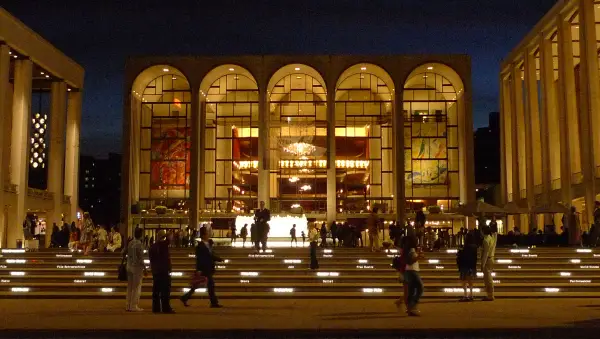
The creation of Lincoln Center transformed a ho-hum area into the world's largest performing arts complex, home to the Metropolitan Opera, New York City Ballet, several theaters, the Julliard School, the New York Public Library for the Performing Arts, and other arts-related venues. In 2006 the Promenade was revamped; in the fall of 2009, the Revson Fountain opened, offering choreographed five-minute water shows through the day and evening unless weather or maintenance hold sway. At dusk, the Plaza is mesmerizing with people scurrying into performance spaces and restaurants; the Opera's Chagall murals glow and you experience an only-in-New York moment. Sometimes there are free performances or you can simply hang out and enjoy the scene.
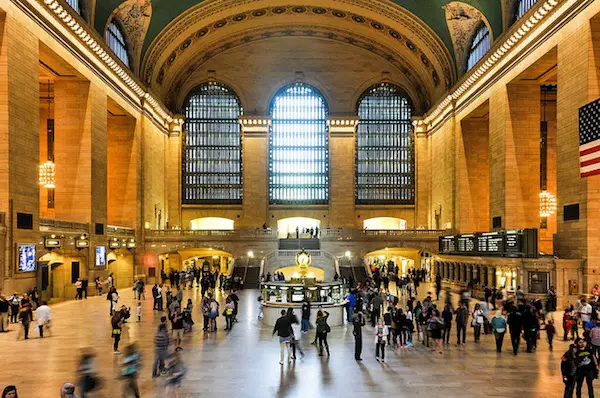
Focal point: at the center of Grand Central Terminal is the Information Booth, a great spot for watching travelers greet each other, as well as embrace goodbye. Flickr/sopasnor
At Grand Central Terminal check out the decorative clusters of acorns over the center of the main floor Information Booth. These are reminders of the Vanderbilts, the family who financed the original terminal in 1871. Family patriarch Cornelius Vanderbilt came from a humble beginning, quitting school when he was eleven and starting the ferry service that made him wealthy. His rags-to-riches story is embodied in the Vanderbilt family motto: great oaks from tiny acorns grow. For some perspective on the main floor, head up to a balcony and soak up the views. (Downstairs has a food court and more seating.)


